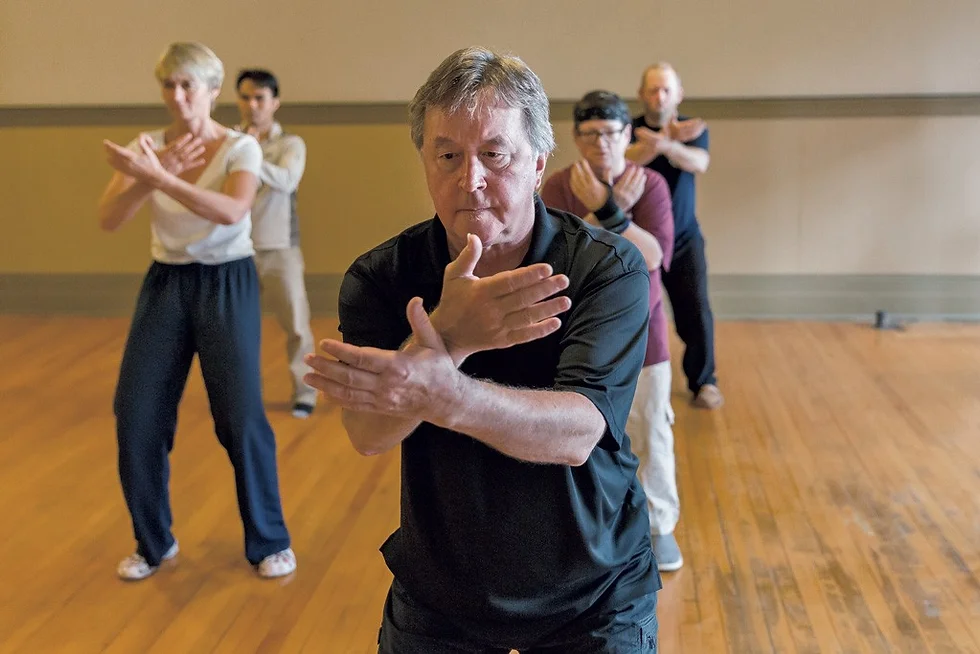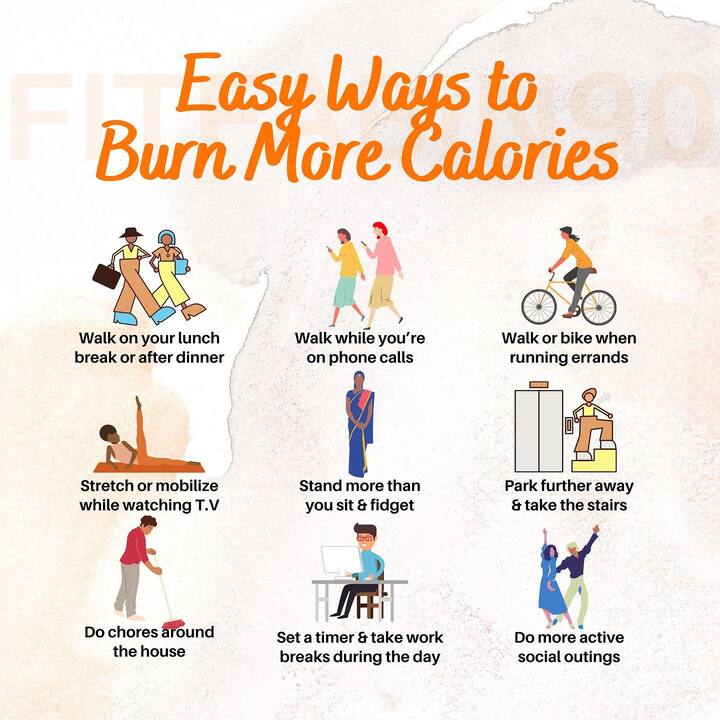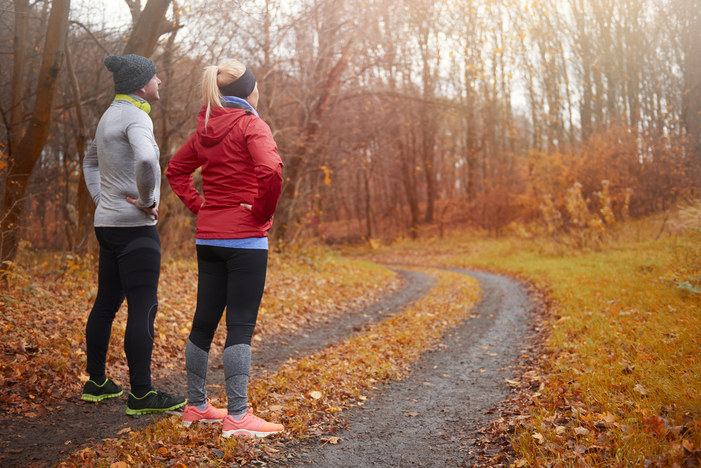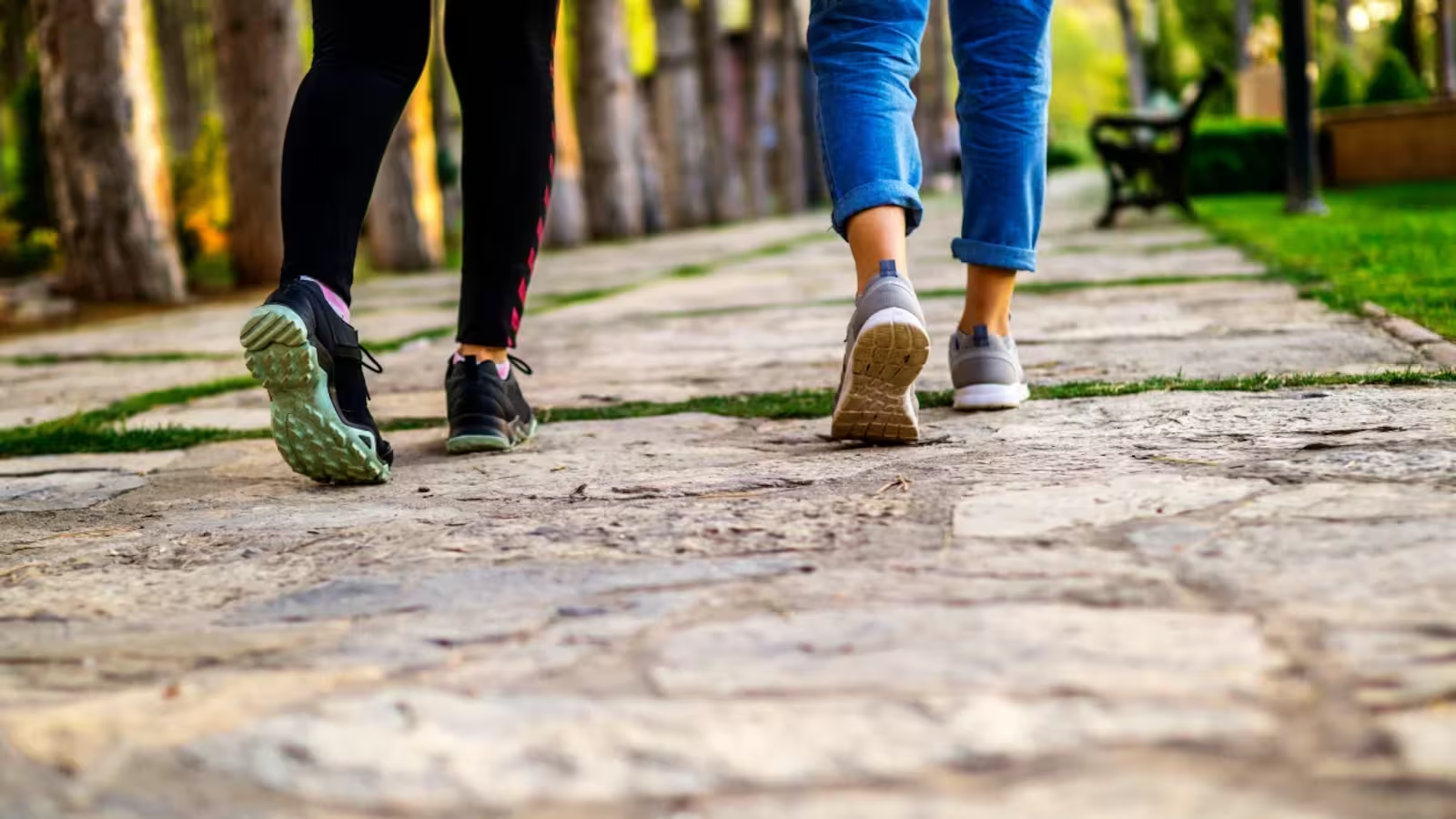As we age, maintaining our health becomes increasingly important for both our quality of life and longevity. In our 50s, it’s especially critical to prioritize physical activity, as this is the time when the body begins to experience a variety of changes. Regular exercise during this decade can set the stage for healthy aging, potentially preventing a wide range of chronic diseases and improving mental well-being as we transition into our 60s and 70s. This article will explore why physical activity in your 50s is vital for maintaining health into your 70s and provide practical advice on how to stay active during these transformative years.
Importance of Physical Activity in Later Life
Physical activity is one of the most effective ways to combat the natural aging process. Research has consistently shown that those who remain physically active throughout their lives experience better health outcomes and a higher quality of life, even into their 70s and beyond. In your 50s, staying active not only improves physical health but also supports emotional and cognitive well-being, which becomes increasingly important as you grow older.
Overview of Benefits for Health and Longevity
The benefits of regular exercise are well-documented. Staying physically active in your 50s helps maintain strength, balance, and mobility, which are all essential for independent living. It reduces the risk of chronic conditions such as heart disease, diabetes, arthritis, and osteoporosis. Moreover, physical activity has been linked to better mental health, helping to alleviate stress, anxiety, and depression, while boosting cognitive function.
Why Physical Activity is Crucial in Your 50s
Changes in the Body with Age
As we age, our bodies undergo several changes that can make it more difficult to stay physically active. Muscle mass naturally declines by about 3-8% per decade after the age of 30, and the bones become more fragile, increasing the risk of fractures. Additionally, flexibility and balance often decrease, which can lead to an increased risk of falls. Metabolism also slows, making weight management more challenging. Regular physical activity in your 50s helps counteract these age-related changes by maintaining muscle mass, improving bone density, and enhancing flexibility and balance.
Impact of Sedentary Lifestyle on Health
A sedentary lifestyle, common in the later stages of life, has a negative impact on nearly every aspect of health. It increases the risk of obesity, heart disease, diabetes, depression, and cognitive decline. The good news is that it’s never too late to start being active. Even small amounts of exercise can have a significant impact on health and longevity, and the benefits increase the longer you maintain an active lifestyle.
Psychological Benefits of Staying Active
Exercise in your 50s also plays a vital role in mental well-being. Staying active helps reduce the symptoms of anxiety and depression, which are common among older adults. The release of endorphins during physical activity is a natural mood booster, and regular exercise can help you feel more energized, improving your overall quality of life.
Types of Physical Activities Suitable for People in Their 50s
Cardiovascular Exercises
Cardio activities are excellent for improving heart health, enhancing lung capacity, and promoting weight management. In your 50s, it’s crucial to engage in moderate-intensity cardiovascular exercises. Examples include:
- Walking: Walking is a low-impact activity that’s easy on the joints and can be done anywhere.
- Jogging or Running: If your joints are healthy, moderate jogging can be a great way to build endurance and maintain cardiovascular fitness.
- Cycling: Biking offers an excellent workout for the legs and provides a good cardio workout with minimal impact on the joints.
- Swimming: A full-body workout that’s gentle on the joints, swimming helps to maintain cardiovascular health and build muscle strength.
Strength Training
Strength training is essential for preserving muscle mass, increasing metabolism, and improving bone density. As you age, muscle mass naturally decreases, but strength training can help reverse this trend. Incorporating exercises such as:
- Weight Lifting: Using free weights or weight machines can help build and tone muscles.
- Resistance Bands: These provide a versatile and joint-friendly way to increase muscle strength.
- Bodyweight Exercises: Push-ups, squats, and lunges use your body weight to enhance strength without any equipment.
Flexibility and Balance Exercises
Maintaining flexibility and balance is crucial for reducing the risk of falls and injuries. In your 50s, incorporate activities that improve these aspects of fitness:
- Yoga: Yoga enhances flexibility, balance, and mental clarity. It can also help alleviate stress and improve posture.
- Pilates: Pilates focuses on core strength, flexibility, and body alignment.
- Tai Chi: Known for its slow, deliberate movements, Tai Chi is particularly effective in improving balance, reducing stress, and promoting relaxation.
Low-Impact Activities
For those with joint concerns or arthritis, low-impact activities are a great option. These exercises provide the benefits of cardiovascular and strength training without putting undue stress on the joints.
- Walking: As mentioned, walking is an ideal low-impact exercise.
- Water Aerobics: The buoyancy of water makes it easier on the joints while still providing a full-body workout.
- Cycling: Low-impact yet effective for building cardiovascular endurance and muscle strength.
How Physical Activity Helps in Preventing Chronic Diseases
Reducing Risk of Heart Disease
Physical activity has a profound impact on heart health by improving circulation, lowering blood pressure, and reducing cholesterol levels. Regular exercise helps to strengthen the heart muscle, reduces inflammation, and improves overall cardiovascular health. This can significantly lower the risk of heart disease, one of the leading health concerns for older adults.
Managing Blood Pressure and Cholesterol
Engaging in regular aerobic exercise, such as walking or cycling, helps reduce high blood pressure and lowers “bad” LDL cholesterol while increasing “good” HDL cholesterol. Maintaining these healthy levels can significantly reduce the risk of cardiovascular issues.
Preventing Type 2 Diabetes
Exercise helps regulate blood sugar levels by improving insulin sensitivity. For those at risk of developing type 2 diabetes, staying active can prevent or delay the onset of the disease by improving the body’s ability to process glucose.
Osteoporosis and Bone Health
As we age, bone density naturally decreases, leading to a greater risk of osteoporosis and fractures. Weight-bearing exercises, such as strength training and walking, are crucial for maintaining bone density and preventing bone-related issues as you age.
Improving Mental Health and Cognitive Function
Physical activity in your 50s also supports brain health. Exercise increases blood flow to the brain, which promotes the growth of new brain cells and enhances cognitive function. It can improve memory, focus, and overall mental sharpness, which helps prevent or delay the onset of dementia and other cognitive disorders.
Building a Safe and Effective Exercise Routine in Your 50s
Starting Slowly and Progressively
If you’ve been sedentary, it’s important to start slowly and gradually increase the intensity and duration of your workouts. Begin with low-impact exercises like walking, and as your fitness improves, you can add more challenging activities such as strength training and aerobic exercises.
Importance of Warm-ups and Cool-downs
Always start your workout with a warm-up to prepare your body for exercise and reduce the risk of injury. Similarly, cooling down after exercise helps lower heart rate and relax muscles. Incorporate gentle stretching to improve flexibility.
Incorporating Variety for a Balanced Routine
To avoid overuse injuries and keep things interesting, vary your workouts to target different muscle groups. A balanced routine should include a mix of cardiovascular exercises, strength training, flexibility exercises, and balance work.
Listening to Your Body and Avoiding Overexertion
Pay attention to how your body responds to exercise. If you experience pain, dizziness, or shortness of breath, stop immediately and consult a healthcare professional. Overdoing it can lead to injuries, so it’s essential to progress at your own pace.
Overcoming Common Barriers to Exercise in Your 50s
Time Management and Finding Motivation
One of the most common barriers to exercise in your 50s is time. With work, family obligations, and other responsibilities, finding time to exercise can feel challenging. However, setting aside even 30 minutes a day for physical activity can make a significant difference. Try breaking up workouts into shorter sessions if needed.
Dealing with Joint Pain and Previous Injuries
If you have existing joint pain or previous injuries, consult a physical therapist or healthcare provider to design a safe and effective exercise program. Many low-impact exercises, such as swimming or cycling, can be easier on the joints while still providing a great workout.
Managing Work-Life Balance
Juggling work, family, and personal responsibilities can make it difficult to prioritize fitness. However, making physical activity a non-negotiable part of your routine, just like eating or sleeping, can help you stay consistent.
Navigating Mental and Emotional Hurdles
A lack of motivation or fear of injury can be mental barriers to exercise. Joining a fitness group, hiring a personal trainer, or enlisting a workout buddy can help you stay accountable and motivated.
Social and Emotional Benefits of Physical Activity
Connecting with Like-minded Individuals
Exercise can be a social activity. Joining a fitness class or walking group can provide opportunities to meet new people and stay motivated. Social interaction is essential for mental well-being, and having a workout partner can help you stick to your fitness goals.
The Role of Exercise in Stress Relief and Mental Clarity
Physical activity is a natural stress reliever. It helps lower levels of cortisol (the stress hormone) and promotes the production of endorphins, which boost mood and improve mental clarity. Exercise provides a much-needed break from daily pressures.
Encouraging Family and Social Engagement
Being active with family members, such as walking or hiking together, can strengthen relationships and encourage a healthy lifestyle for everyone involved. It can be an opportunity to bond and support one another in maintaining an active lifestyle.
Monitoring Your Health and Progress
Tracking Physical Activity and Fitness Goals
Keeping track of your progress is essential for staying motivated. Consider using fitness trackers or apps to monitor your activity levels, calories burned, and other health metrics. Setting small, achievable fitness goals can help you stay on track and celebrate milestones.
Consulting with Healthcare Providers
Before starting any new exercise routine, it’s always wise to consult with your healthcare provider, especially if you have underlying health conditions. A healthcare professional can help guide you on the appropriate level of intensity and recommend specific exercises tailored to your needs.
Adjusting Your Routine as You Age
As you transition into your 60s and 70s, your exercise routine may need to be adjusted based on your physical condition. Regular check-ins with your healthcare provider or a fitness expert can help ensure you’re maintaining a safe and effective exercise plan.
Expert Recommendations for Staying Active into Your 70s
Guidelines from Health Professionals
Experts recommend at least 150 minutes of moderate-intensity aerobic activity or 75 minutes of vigorous-intensity aerobic activity per week, combined with strength training exercises on two or more days per week.
Age-appropriate Activity Levels and Frequency
As you age, the intensity and frequency of exercise may decrease, but it should still remain a part of your daily routine. Tailoring activities to suit your capabilities while continuing to challenge yourself will ensure ongoing health benefits.
Embracing New Activities and Hobbies as You Age
In your 60s and 70s, you may find joy in new physical activities that weren’t part of your routine before. Consider trying hobbies such as gardening, dancing, or golfing to stay active and engaged in enjoyable ways.
Real-Life Stories: Successes of Staying Active in Your 50s and 60s
Many older adults have shared inspiring stories of how physical activity transformed their lives, helping them stay strong, healthy, and mentally sharp. From taking up running in their 50s to hiking in their 70s, these real-life examples demonstrate that it’s never too late to get moving and experience the benefits of physical activity.
Conclusion
Being physically active in your 50s is one of the most important things you can do to safeguard your health well into your 70s. Whether it’s for improving cardiovascular health, enhancing flexibility and strength, or boosting mental well-being, exercise offers countless benefits. The key is to find activities that you enjoy and can sustain over the long term. With a commitment to staying active, you can enjoy a healthier, happier life as you age, maintaining independence and vitality well into your golden years.




